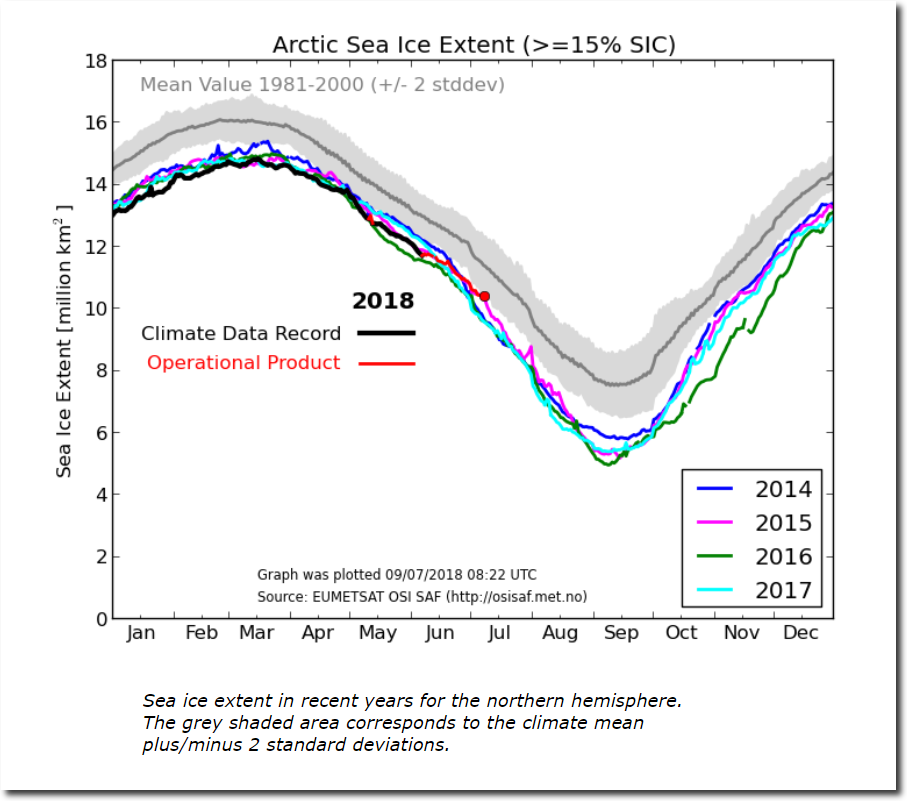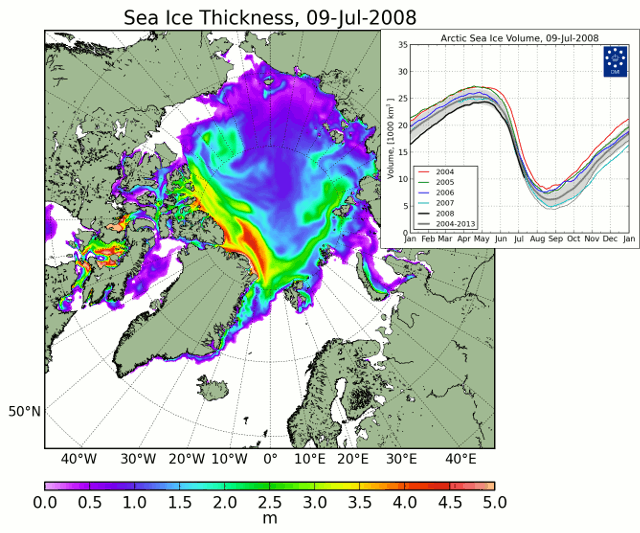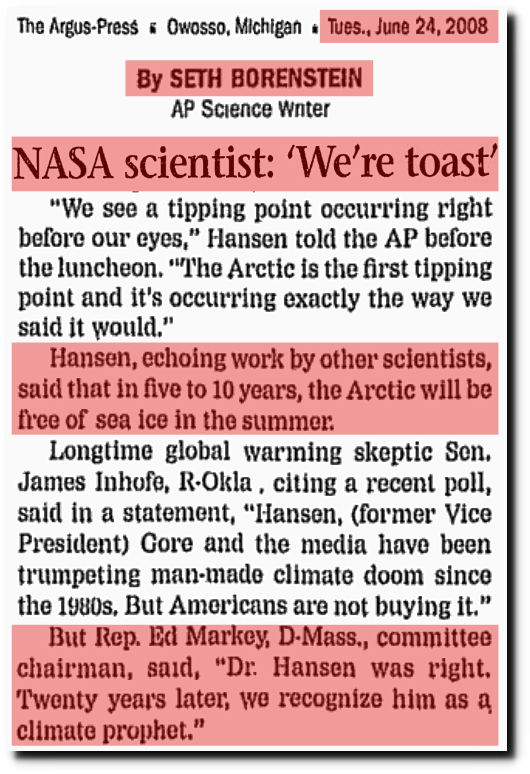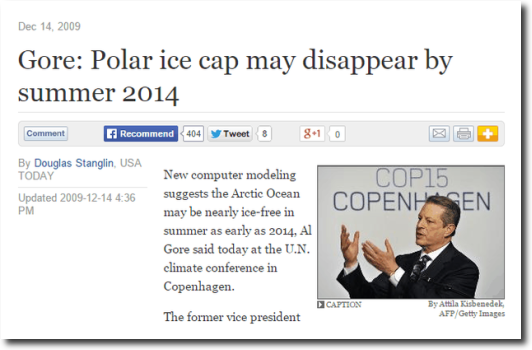The Arctic melting scam is entering dangerous territory. Great wailing and gnashing of teeth among people who make their living lying about the Arctic.
Ocean and Ice Services | Danmarks Meteorologiske Institut
There has been a huge expansion of thick ice over the last ten years.





